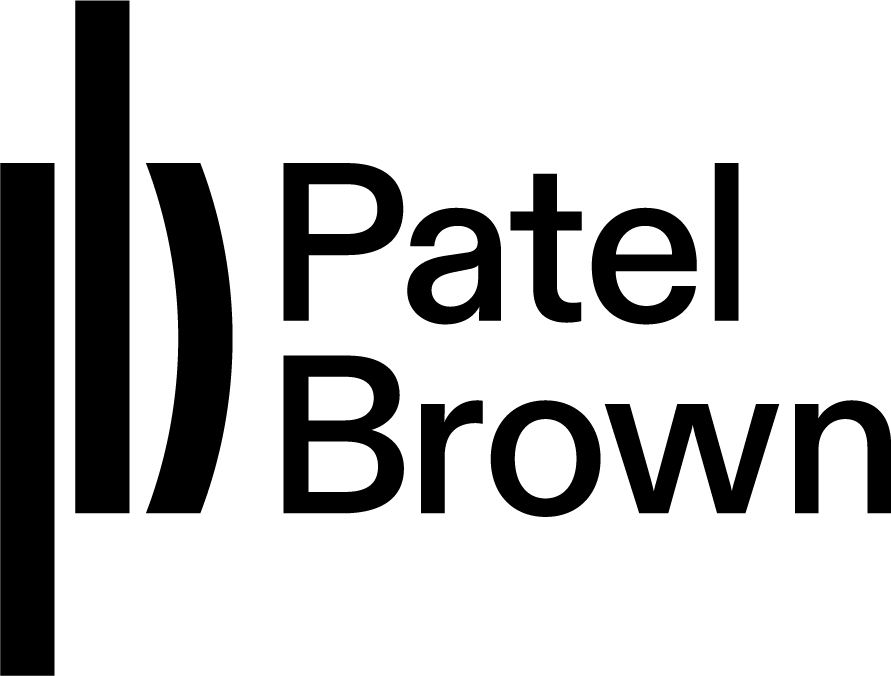21 WADE AVE #2 | TORONTO
Maria Hupfield | Mashkiki is Movement | 19 OCT - 23 NOV 2024
Fabrics of Mashkiki: Maria Hupfield’s Monumental Shift in Fashion as Art
Mashkiki is Movement represents a monumental shift in Maria Hupfield’s art practice, as she introduced her first fashion arts collection on the Southwestern Association for Indian Arts (SWAIA) Fashion runway in Santa Fe, NM in spring of 2024. Through this collection, Hupfield bridges performance, Indigenous knowledge, and wearable art, redefining traditional boundaries between art, material culture, and fashion. Her designs captured the attention of diverse audiences, with models representing Indigenous nations from Canada and the United States, embodying powerful stories woven into each garment.
Hupfield typically performs in and embodies her own creations, but this time in her Mashkiki collection the artist entrusted models to wear and carry her designs. Their movements and energies reinterpreted Hupfield’s stories, raising an intriguing question: Is the "medicine" within the act of wearing the garments, or does it emerge from the viewers' experience of seeing them animated by different bodies, potentially creating narratives beyond the artist’s original vision?
The process of selecting models to wear a designer’s collection is both strategic and artistic. The designer must carefully consider body shapes, movement styles, and how the identity of each model informs the perception of the garment. Every model’s presence influences how Hupfield’s designs come to life on the runway, which is then captured in photography, further immortalizing the moment. The runway becomes a collaborative experience where models, designers, viewers, stylists, and producers come together in a shared act of creation, framed by the event’s music and lighting.
For Hupfield, entrusting her creations to others for live performance requires immense trust, not just in the models and production team but also in the unpredictability of how the environment might shape the show. In this way, the fashion show emerges as a distinct form of performative art, blending spontaneity and collaboration to produce an experience that defies conventional distinctions between fashion, design, and performance.
Each wearable sculpture incorporates the handmade with ready-mades to create a complete look layered with strong statements. A black wool cape adorned with rainbow tin jingles is paired with more rainbow tin jingles accessorizing the gloves and hair, creating a remarkable photographic image and movement on the runway. Tin jingles are significant in many Indigenous nations. They speak to trade, ceremony, specific dances, innovation and pow wow fashion, which itself is couture fashion. Cherry red boxing gloves covered with shiny gold bells are central to the look of Mashkiki, the Anishinaabemowin word for medicine. Hupfield’s fashion art fuses Indigenous knowledge with one-of-a-kind designs. First envisioned as wearable garments for the runway, works in the exhibition take on new life as sculptural forms in Mashkiki is Movement that speak to the interconnectedness of the body, the land, and movement in both subtle and impactful ways.
Hupfield’s vision in the Mashkiki collection, rooted in the land and extending through the body and movement, challenges and inspires new ways of thinking about Indigenous fashion. Mashkiki is Movement transcends a typical fashion collection, evolving into a sculptural reflection on the deep relationship between Indigenous designers, the land, and space. Hupfield uses fashion not only as a form of visual expression but as a vessel for storytelling, community, communication, and the body’s profound connection to the land.
Amber-Dawn Bear Robe
Maria Hupfield (she/her) is a Toronto based artist and transdisciplinary maker working with Industrial felt at the intersection of performance art, design and sculpture. She is currently the inaugural ArtworxTO Legacy Artist in Residency with the City of Toronto, Ravines, and a Mellon Fellow, Center for the Imagination in the Borderlands, Arizona State University, USA, 2022; which follows her inaugural Borderlands Fellowship for the project Breaking Protocol at The Vera List Center for Art and Politics at the New School and the Center for the Imagination in the Borderlands at Arizona State University (2020-2022). A recipient of the Hnatyshyn Mid-career Award for Outstanding Achievement in Canada (2018) she has exhibited and performed her work through her first major touring solo exhibition The One Who Keeps On Giving (organized by The Power Plant 2017-2018), and solo Nine Years Towards the Sun, at the Heard Museum, Phoenix, 2019-2020. She has exhibited extensively including recent projects at: Art Gallery of Ontario, National Gallery of Canada in Ottawa; and in New York at CARA (Center for Art Research and Alliance), Abrons Art Center, the New York Museum of Art and Design, BRIC House Gallery, the Bronx Museum, Boston Museum of Fine Arts, and the Smithsonian Institution National Museum of the American Indian; amongst others. An Assistant Professor and Canadian Research Chair, Transdisciplinary Indigenous Arts at the University of Toronto, Hupfield is Martin clan and off-rez member of the Anishinaabe Nation belonging to Wasauksing First Nation, Ontario, Canada.
Amber-Dawn Bear Robe, from Siksika Nation in Alberta, Canada, achieved an MA in American Indian Studies and a second MA degree in Art History, both from the University of Arizona. Currently, she is Assistant Faculty of Art History in the Museum Studies department at the Institute of American Indian Arts, Santa Fe, NM. Latest curatorial projects include organizing the annual Indigenous fashion show for the Southwestern Association for Indian Arts (SWAIA) and curating an exhibition for The Tweed Museum in Duluth, Minnesota titled Blood Memoirs: Exploring Individuality, Memory, and Culture through Portraiture. Previously, she was the Director/Curator of Urban Shaman: Contemporary Aboriginal Art, the largest Aboriginal artist-run center in North America.










